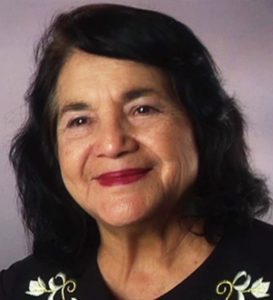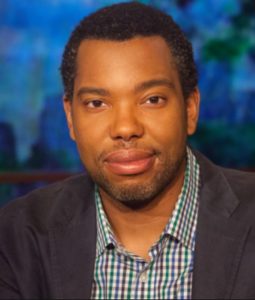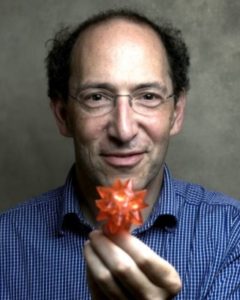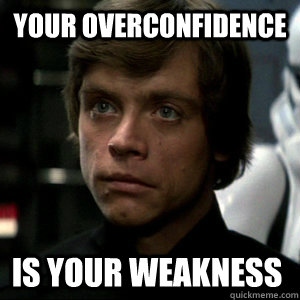Welcome back to Week 4 of “The One Thing You can do to Raise Enrollment,” a six week “how-to” series.
Data is a powerful thing: It can confirm our assumptions as well as confound them, as in the story I shared in WEEK 1.
WEEK 2 empowered us upon learning that, when it comes to students choosing YOUR classes (and thus GCC), leaving choice up to chance is not our only option.
In WEEK 3 we covered how reputation is the most important factor in influencing people’s choices, and the importance of making our achievements public to enable people to make informed choices.
This week, let’s talk about your face. 
Face Facts: Numerous published studies provide countless evidence to support the fact that, when viewing a photo of a stranger’s face, it takes us less than a second to formulate an impression .
Assumptions about the character of the person pictured are formed quickly. One Princeton University study published by the Association for Psychological Science is a great example:
“Willis and Todorov conducted separate experiments to study judgments from facial appearance, each focusing on a different trait: attractiveness, likeability, competence, trustworthiness, and aggressiveness.” The results? Of all the traits, trustworthiness was the one participants assessed most quickly.
We cannot escape the fact that photos influence choice, so we will harness this fact and use it to our advantage.
Fear not – the good news is, people want to see trustworthiness and competence in your face, not a glamour shot.
Consider the following photos of these notables: Albert Einstein, Delores Huerta, Ta-Nehisi Coates, Ruth Bader Ginsburg, Conrad Wolfram.
The reasons for not wanting to post a photo:
- I’m not photogenic.
- I don’t like the way I look.
- My face will break the camera.
It’s not about vanity. It’s about character. It’s time to embrace the powerful sway your photo can have upon a stranger’s choice.
The employee bio page is the most underestimated tool available to you. A photo of your face, backed up with a personal quote, your areas of expertise, and a list of your achievements works to establish YOUR personal reputation while raising GCC’s reputation.
 By doing this “One Thing” you enable the public to make an informed decision to choose… you.
By doing this “One Thing” you enable the public to make an informed decision to choose… you.
WEEK 4 Homework: Because you are your own worst critic, your homework is to recruit friends and family to help you sort through photos of yourself to find one that captures the characteristics of trustworthiness and competence. The photo chosen by others just may surprise you.
TIP: The size of the photo on your employee bio page is 280×280 pixels. Make sure the photo your choose is cropped as a perfect square.
For tips on how to choose a photo, read Lydia Abbots’ 5 Tips for Picking the Right LinkedIn Profile Photo.
If you can’t find a photo, a GCC photographer is available.
Come back for WEEK 5: The “One Thing” Before and After














